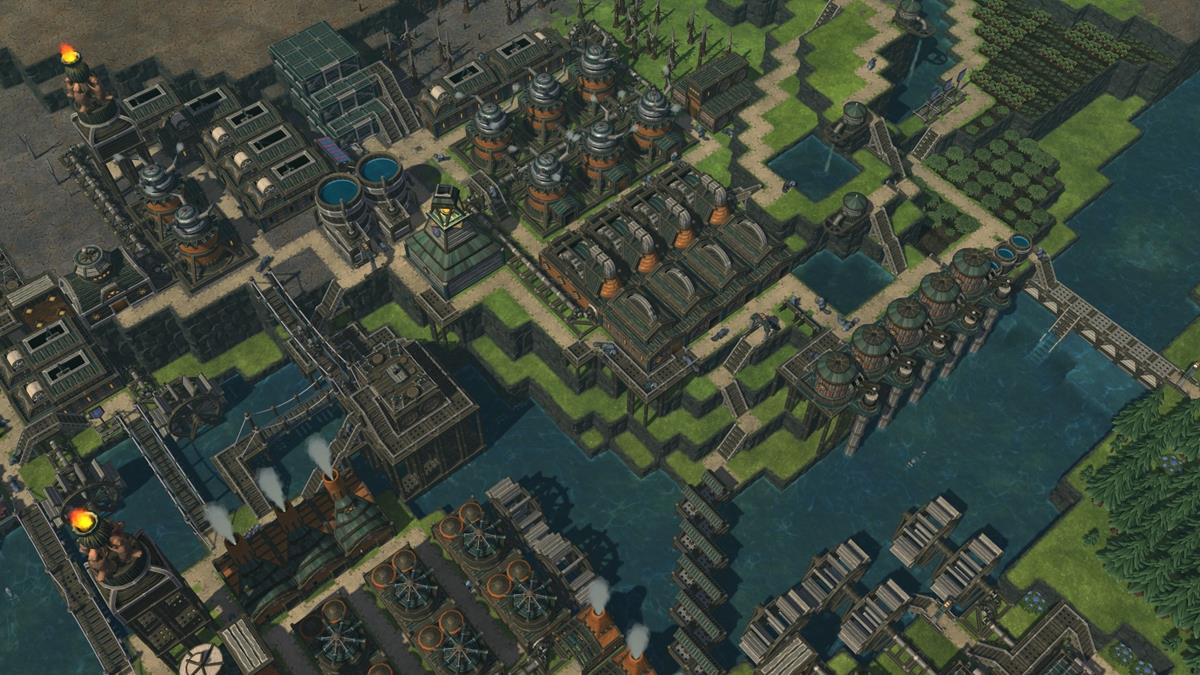How to gain science to unlock buildings in Timberborn
An eager beaver is a smart beaver.

Image by Mechanistry
At the beginning of your Timberborn campaign, you should have access to a lot of features that let you grow your community. However, several fixtures are still unavailable. Here’s our guide to help you unlock new buildings in Timberborn by gaining more science points.
Timberborn guide: Gaining more science points to unlock new buildings
If you take a look at the Science tab in Timberborn, you’ll see that you can construct an inventor’s house (it only requires 12 pieces of wood). Of course, each inventor means one beaver citizen that needs to work in that place. Each day, inventors will generate science points, too.
Is the inventor’s house something that we need to rush in Timberborn? No, not really. Ideally, you’ll want to focus on water and crops first. Next, you’ll want to build some dams, enough to create a body of water that will be helpful in times of drought. Past this point, you can consider building several inventor houses.
If you have members of your population that are unemployed, they’ll automatically be assigned here. If everyone already has a job, then you might want to pause production in certain buildings that you don’t often use. The workers there will then become inventors.

Once you’ve earned enough science, you can take a look at the different tabs to see the new objects, buildings, and features that you can unlock. Just remember that some fixtures are very costly in terms of science points:
- Paths and Structures – This tab has wooden stairs, platforms, and suspension bridges. You don’t need these early in the game.
- Landscaping – Here, you’ve got levees, floodgates, explosives factories, and dynamite. Levees are something you’ll want to unlock with science eventually. Unlike dams, they can fully block the flow of water.
- Stoage – These have bigger warehouses. You won’t even bother with these until much later in your campaign when you’re already swimming in resources.
- Labor – The fixtures here help when you need to create and manage districts. The builder’s hut increases the build range for an existing district. Meanwhile, the distribution post and drop-off point allow districts to share and send resources.
- Housing – Science points can unlock bigger shelters. You won’t really need these early on.
- Water – If you’re playing as the Folktails faction, this tab shows you that you can unlock the irrigation tower. This is extremely important as it helps you prepare your stockpiles in time for droughts.
- Food – One important building here is the bakery which helps with both the hunger and nutrition well-being facets.
- Wood – This has several unlockable fixtures that are important. The forester lets you plant trees so you still have a supply of lumber. The gear workshop and paper mill create materials that are needed for more advanced products. Finally, the printing press creates books that increase the knowledge well-being stat.
- Metal – Both objects here require science points to be unlocked.
- Power – The Folktails faction has access to the windmill and large windmill, which can definitely power up your buildings.
- Leisure – The temple and carousel boost your spirituality and fun well-being stats respectively.
- Decoration – The furniture and designs can be used to increase the aesthetics value in a district’s area. We personally won’t bother with most of these, except for the beaver statue due to its 3×3 area-of-effect.
- Monuments – Lastly, this tab has three monuments that increase the awe stats for well-being. These are completely unnecessary unless you’ve got lots of science to spare.
